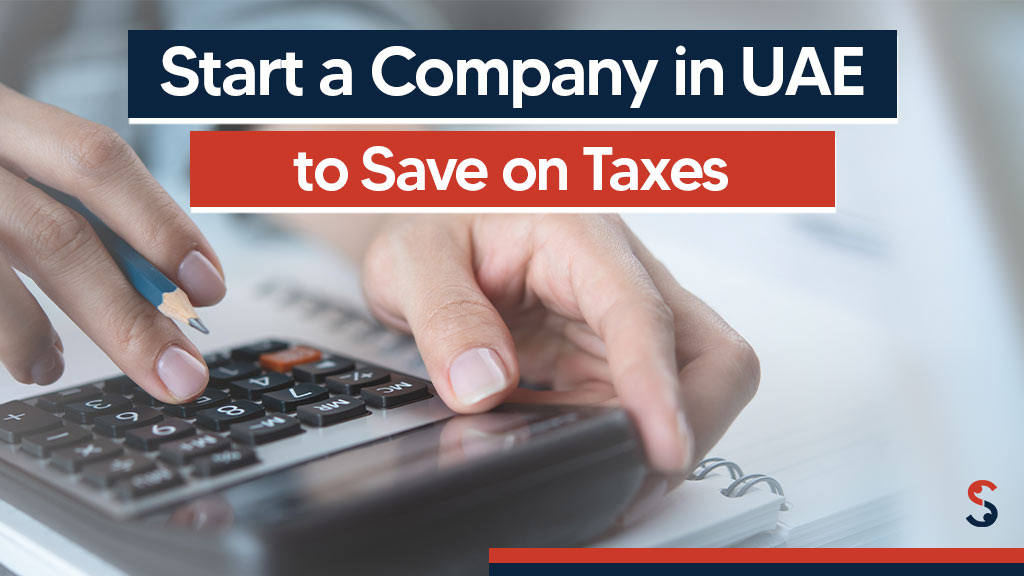
Tax-Efficient Strategies: The UAE’s real estate market in 2025 is a global investment powerhouse, with AED 893 billion ($243 billion) in transactions in 2024 and rental yields of 7-11%. The 9% corporate tax, effective June 2023 under Federal Decree-Law No. 47 of 2022, and the 15% Domestic Minimum Top-up Tax (DMTT) for multinationals with revenues over €750 million (AED 3 billion) starting January 2025, necessitate tax-efficient strategies for property holding companies.
Below are seven legal strategies tailored for American investors managing holding companies in high-growth areas like Dubai, Abu Dhabi, and Ras Al Khaimah, ensuring compliance while maximizing returns in a tax-free personal income environment.

Setting up a holding company as a Qualifying Free Zone Person (QFZP) in zones like Dubai Multi Commodities Centre (DMCC) or Ras Al Khaimah Economic Zone (RAKEZ) secures a 0% corporate tax rate on qualifying income, such as dividends or gains from free zone property subsidiaries.
For example, a DMCC holding company owning Al Marjan Island assets avoids tax on AED 5 million ($1.36 million) in dividends, preserving 8-10% yields. Compliance with Decision 265 requires maintaining substance (e.g., local staff), and transfer pricing applies for mainland dealings.
Holding companies with taxable income below AED 3 million ($816,000) annually qualify for Small Business Relief, enjoying a 0% corporate tax rate until December 2026.
A mainland holding company managing Ajman Corniche apartments, earning AED 2 million in rental dividends, saves AED 180,000 in taxes. This suits smaller portfolios, requiring accurate FTA filings and excluding MNEs or QFZPs. It’s ideal for U.S. investors entering affordable markets like Sharjah.
REITs are exempt from corporate tax if they distribute 80% of income and maintain diverse ownership (no single investor owning over 10% of assets). A REIT holding properties in Saadiyat Island and Dubai Marina, generating AED 10 million ($2.72 million) in rent, avoids AED 900,000 in tax. Cabinet Decision No. 34 of 2025 delays tax registration for foreign investors until dividends are paid, boosting liquidity. REITs deliver 7-8% yields, appealing to U.S. investors seeking scale.
Limited partnerships, treated as tax-transparent under Cabinet Decision No. 34 of 2025, shift taxation to individual partners, bypassing the 9% corporate tax at the entity level. A partnership holding Yas Island and Aljada properties allocates AED 4 million ($1.09 million) in income to partners, who avoid tax if holding personally (up to four properties). This structure suits joint ventures, requiring FTA compliance, and supports 8-10% yields for American co-investors.

Corporate tax allows deductions for expenses like administrative costs, loan interest, and subsidiary management fees. A holding company with AED 6 million ($1.63 million) in rental income and AED 2 million in deductible expenses (e.g., legal fees, financing costs) reduces taxable income to AED 3.625 million, saving AED 180,000 in tax after the AED 375,000 exemption. Detailed records, retained for seven years, are crucial for FTA audits, ensuring 7-9% net yields.
SPVs, often free zone-based, isolate specific properties to minimize tax exposure and enhance financing flexibility. An SPV in Jebel Ali holding Dubai South off-plan assets qualifies as a QFZP, enjoying 0% tax on AED 3 million ($816,000) in gains by 2027. SPVs streamline Golden Visa eligibility (AED 2 million) and protect assets from cross-liability, making them ideal for U.S. investors diversifying across emirates with 10-15% appreciation potential.
A hybrid structure pairs a free zone holding company (0% tax on qualifying income) with a mainland subsidiary for local operations. A RAKEZ holding company owns Al Hamra Village assets tax-free, while a mainland LLC manages Dubai Marina rentals, deducting AED 1 million in expenses to lower its 9% tax on AED 2 million income to AED 90,000. Arm’s-length transfer pricing, per OECD guidelines, ensures compliance, maintaining 7-9% yields across sites.
These structures preserve UAE’s 7-11% yields, outpacing global markets like New York (4.2%). Freehold ownership, no personal income tax, and visa programs (2-year Investor Visa for AED 750,000, Golden Visa for AED 2 million) drive demand, with 45% of 2025 Dubai buyers being foreign. Double taxation agreements with the U.S. and proximity to Dubai International Airport (20-45 minutes) enhance appeal. Free zones and REITs offer tax exemptions, while deductions optimize mainland profits.
The UAE projects 5-8% price growth in 2025, with Al Marjan Island and Saadiyat Island at 10-15%. The DMTT’s 15% rate for MNEs and AML compliance add costs for large firms. A potential 10-15% correction in 2026 due to oversupply (41,000 Dubai units) requires vigilance. RERA-registered agents and FTA-accredited consultants ensure compliance with nine-month filing deadlines, avoiding penalties up to AED 10,000.
Free zone holding companies, small business relief, REITs, tax-transparent partnerships, expense deductions, SPVs, and hybrid operations are seven tax-efficient strategies for UAE property holding companies in 2025. These frameworks minimize the 9% corporate tax, maximize 7-11% ROI, and align with American investor goals in a tax-free, high-growth market. Expert guidance ensures compliance and long-term wealth creation across Dubai, Abu Dhabi, and Ras Al Khaimah. Tax-Efficient Strategies
read more: How UAE Corporate Tax Affects Short-Term Holiday Rentals in 2025
